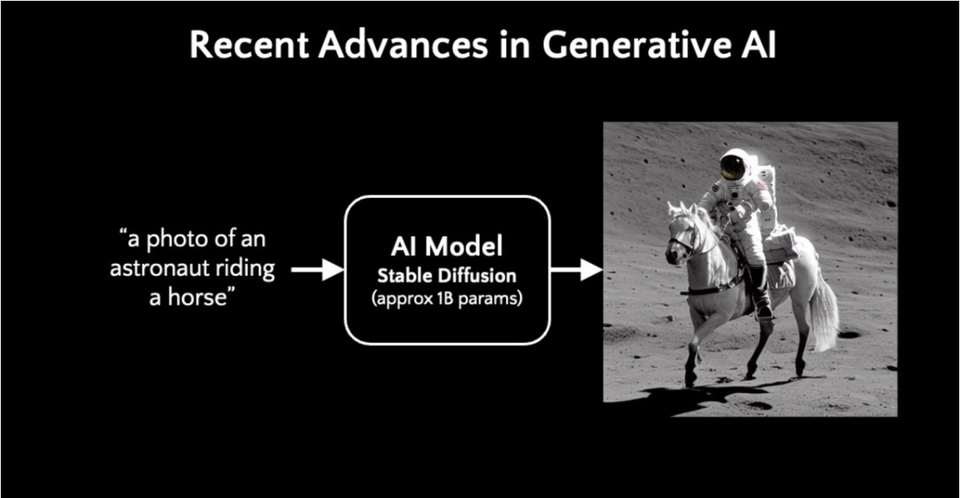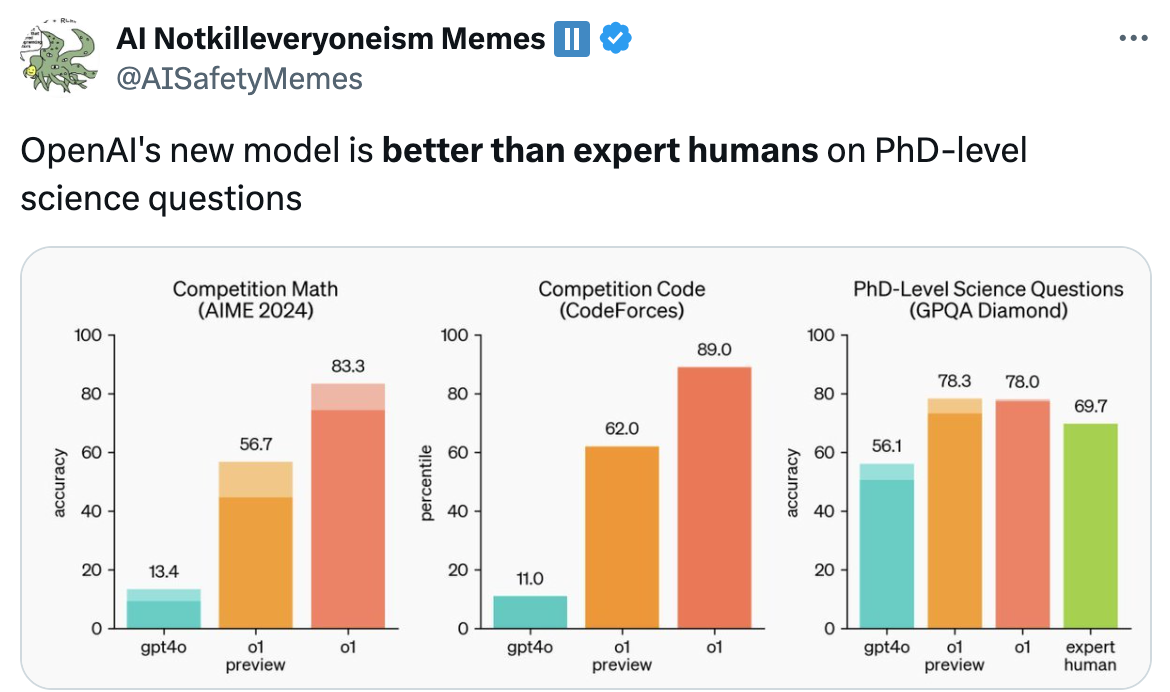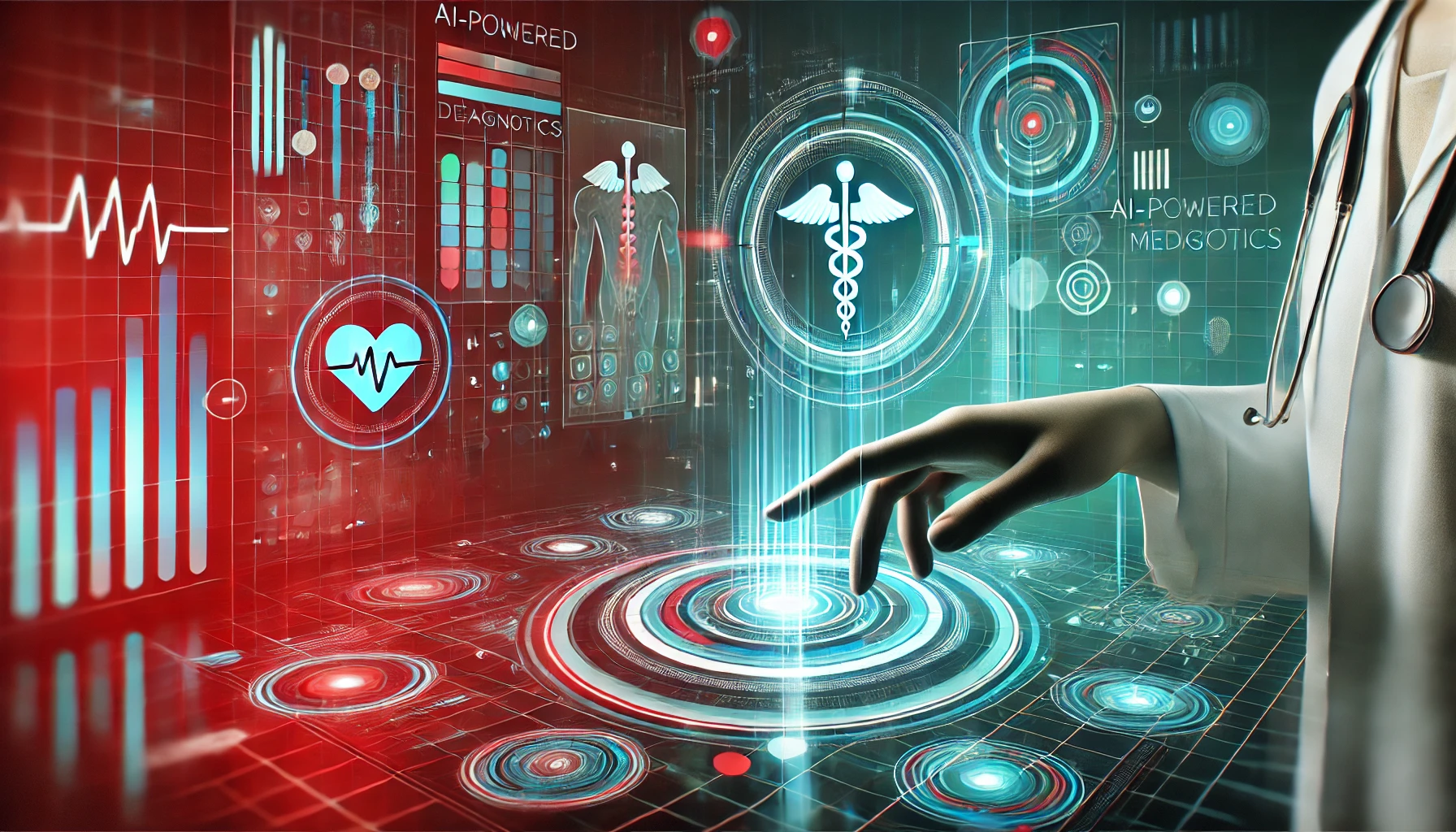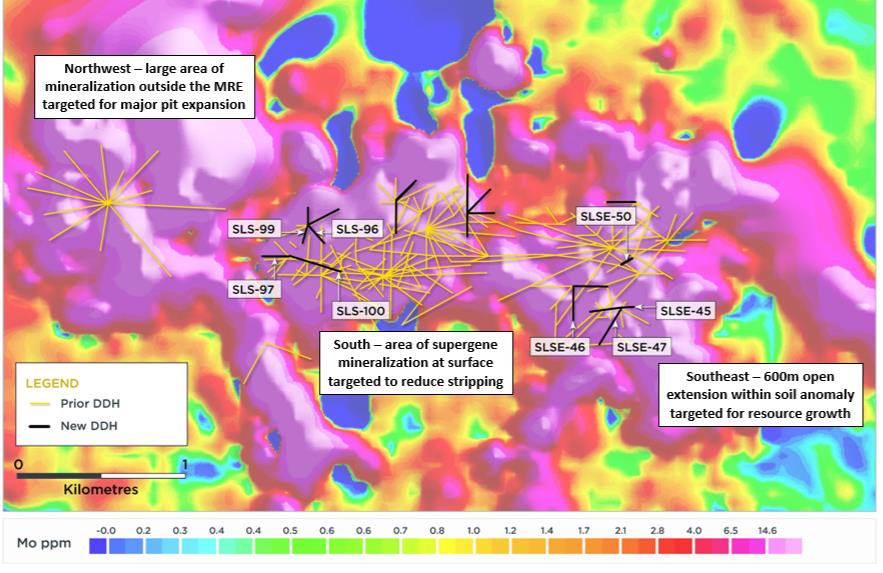Let’s review some of the probable effects of large language models and AI.
Business network concept. Group of businessperson.
getty
Ask anybody, and you’ll hear one of the fundamental questions that we’re obsessed with when we look at AI/ML work this year.
The question is – will AI take our jobs?
As for the answer….
Right now, everyone is talking about what’s happening over at Klarna, where someone had the bright idea to finance all kinds of small purchases with payment plans.
The news that an AI has taken over 700 customer service jobs is creating quite a stir.
We also heard from MIT scientist Alex Amini a few days ago, in our AI Venture class, about his work with liquid neural networks, a new form of model in which artificial neurons connect in a more explainable way, and feature designs that can help shrink the number of nodes needed to operate a deeply cognitive network.
One thing he touched on, specifically, was customer service.
Slide made by Amini
Alexander Amini
Amid a discussion of the Klarna news, Amini talked about how the new models work – and that should give us some insight on how (or whether or not) AI is going to take away jobs in 2025, 2026, 2027….
“As you’re building our products on top of LLMs, there are basically two forms of training,” he said. “There’s a training that happens … (that’s) not so important. And then there’s a training that happens ‘in context’, they call it, as you deploy the model, right? … If you want to ask ChatGPT a question, you don’t go out and retrain it on your specific stuff. You write it into the prompt, you write it into the chat window. And the question is, how much can we write into that chat window to prompt ChatGPT on your domain-specific knowledge?”
Then he went into some explanation of how this works, in a job field context, notably, surgery:
“If you wanted to deploy an LLM in a surgical use case … maybe they haven’t been perfectly fine tuned for these use cases, but you could explain, and you could paste in the entire surgical manual for a bunch of information on surgery. I’m not a surgeon. So I don’t know the terminology. But you could paste in all the information there. And that happens entirely in the chat, (in the) memory of chatGPT, it’s not retraining in the background. It’s literally still predicting the next token, but it’s happening in context … you want this continuous improvement of the models as they’re being deployed with customers as well.”
Slide made by Amini
Alexander Amini
He also noted that while open source solutions will drive development, they don’t really care that much about products, so that’s a domain for innovators. Liquid Neural Networks, he said, will supercharge the entire process.
To me, this gels with what many of the tech journalists studying this write about in terms of the low-hanging fruit that will get automated first – while areas like agriculture and mining will be slow to surrender to AI, knowledge work fields like tax prep, poetry writing, and yes customer service will be at the front line for the guillotine
That might sound harsh, but it is going to be a major problem when people lose their jobs to AI.
Although some new jobs will be created, it’s unlikely that enough new jobs will come spring up to employ the armies of people who used to drive trucks or run cashier stations, not to mention, well, customer service agents.
This is really something for us to look at not in the long term, but in the short term as well. We each have our own thoughts on it, but we should be looking carefully for solutions.
(Full Disclosure: I am an advisor for LiquidAI, the MIT group that is building new forms of networks similar to some of what was discussed above.)





